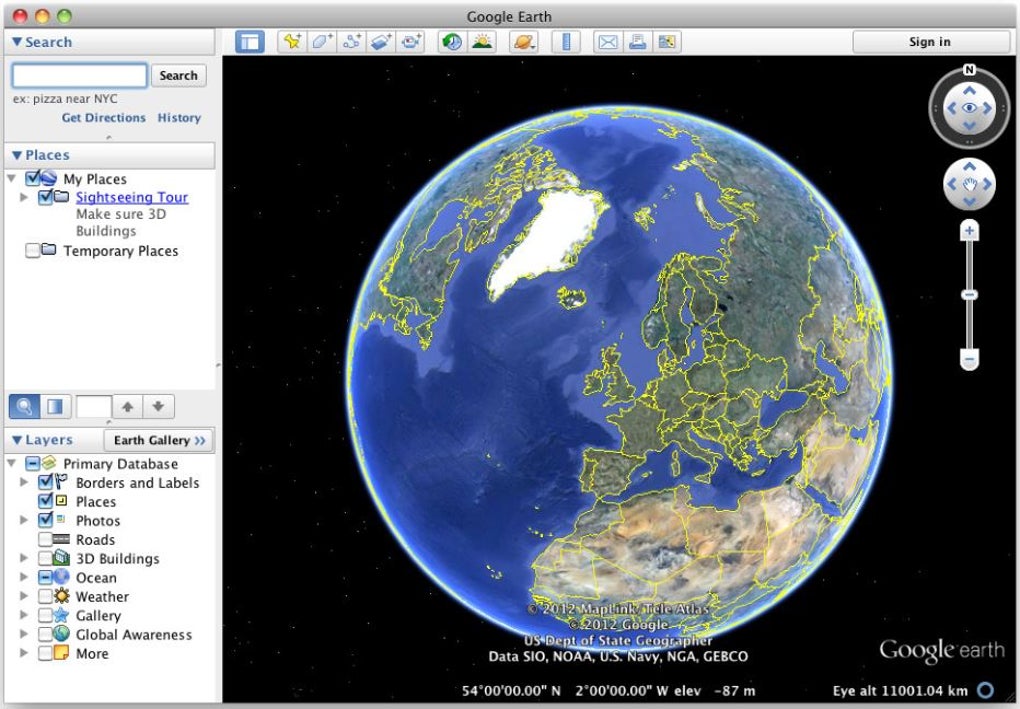
Both apps will also suggest alternate routes if the one you’re on is particularly congested, though neither of them are as aggressive as the Google-owned Waze. But as soon as you have a turn coming up it’ll change and let you know.īoth services are capable of telling you what current conditions are like on your route, including traffic, road closures, and so on. So if you need to stay on the freeway for another ten miles, that’s what it’ll say. Both services follow your progress as you travel, including travel time and journey distance, your current ETA, and the most relevant instruction at that point in time. There’s very little difference in how Apple Maps and Google Maps actually gets you places. Google Maps’ excess information can be distracting sometimes, and that’s the last thing you need if you’re lost and struggling to orient yourself. It also has information for complex highway interchanges, something Google Maps has included for some time.īoth apps have the information you need, but Apple Maps’ less-is-more approach makes it much easier on the eyes. As of iOS 15 Apple has also started adding this information, with turn lanes, bus and taxi lanes, and crosswalks. Google Maps had also started rolling out more superfluous, but still useful details, like stop signs, crosswalks, and so on. Likewise both of them use a dark mode that makes it easier on your eyes during any late-night driving you need to be doing.

The only real difference is how much surplus information is on display, including businesses, smaller road names, and so on. Roads, locations, landmarks, it’s all there.

That said, both of them always show the essentials no matter how you’re viewing the map.

Similarly, Google shows you more information when you zoom further in, but it does start showing a lot of that information much sooner than Apple Maps does. While it has a lot of information at its disposal, Apple Maps doesn’t actually show you very much unless you zoom all the way in. Like its interface, Apple Maps has opted for a more minimalist approach to its map design. All of these things will vanish if you tap the middle of the screen, so you can see a pure uncluttered map, but it’s still all a bit much. Likewise at the bottom of the screen is a menu giving you access to the Explore and Commute features, saved locations, local news, and the option to contribute to Google’s mapping database. If you’re ever needing to find a restaurant or gas station fast, that’s likely to be very useful. At the top of your phone screen is the search bar, which also houses account information and sits above dedicated buttons for finding local amenities. Google on the other hand, has buttons and toolbars all over the place. Additional components are available that can be used to take virtual tour of the sky, moon and sun and the way in which users are invited to generate their own content to add to maps means that there is always something new to find.Īn educational tool which is also a great deal of fun, Google Earth bring geography to life.Left: Google Maps Right: Apple Maps (Image credit: Tom's Guide)Ĭrucially, that search bar stays where it is until you click on a place, and if you want to get rid of it all you have to do is tap the X button in the corner. Google Earth can also be used as route planner and to find out valuable information about towns, cities and country you plan to visit. A range of different maps can be displayed, including historical maps which can show how country boundaries have changed over the years.

While the program is immense fun, it can also be put to more serious uses. This feature can also be used to create virtual sightseeing tours - perhaps to show off the route you have taken on your travels. You can also search for local businesses and places of interest, and the pinpointing tools mean that it is possible to bookmark locations on the map and share them with others. Certain key cities around the world benefit from 3D tours which can be used to take a virtual tour of key landmarks and get a feeling of the lay of the land. The fluid interface makes it easy to jump from country to country and zoom right in to street level. Google Earth enables you to travel the world from the comfort of your desktop, exploring stunning satellite imagery in stunning 3D.


 0 kommentar(er)
0 kommentar(er)
